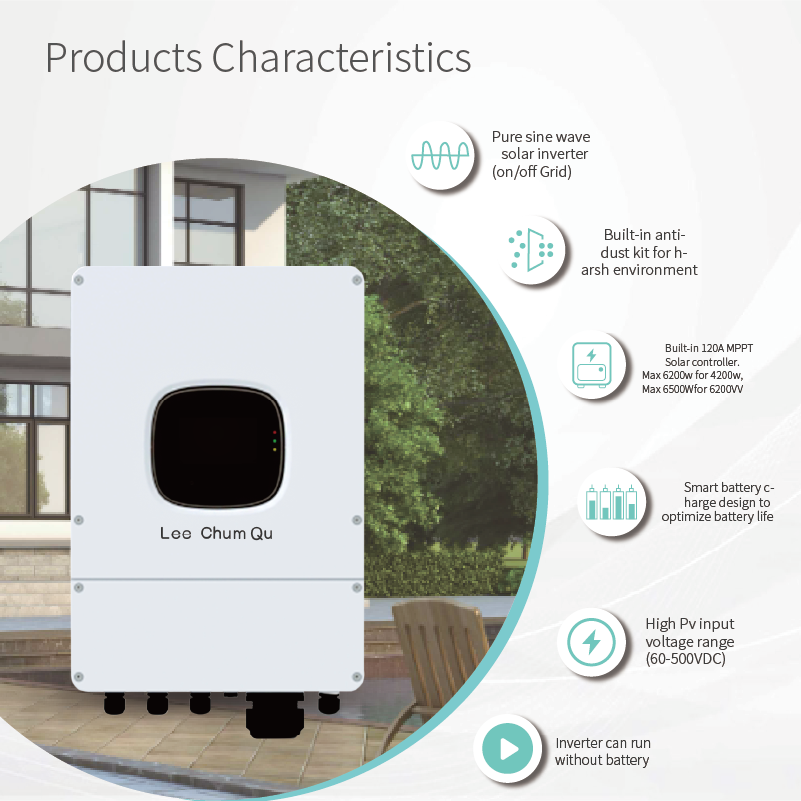We learned from the University of Science and Technology of China that the research team of Professor Chen Wei of the school has proposed for the first time a green and sustainable waste recycling management strategy based on electrochemical principles, which can simultaneously achieve the recovery of lithium resources in the cathode materials of waste lithium-ion batteries and the capture and conversion of nitrogen oxide pollutants in industrial exhaust gas. The research results were recently published in Nature Sustainable Development.
Green and sustainable waste recycling management strategy
According to the research team, they cleverly designed a recycling method without energy consumption in their research. By using the difference between the electrochemical reduction potential of nitrogen dioxide in the exhaust gas and the electrochemical oxidation potential of the cathode materials of waste batteries, they not only successfully recovered the lithium resources in the cathode materials of waste batteries, but also converted nitrogen dioxide into high-value lithium nitrate salts. At the same time, this process can also achieve a large amount of energy output, providing a new solution for lithium recovery and pollutant control that is efficient, environmentally friendly and economically valuable.

“Specifically, lithium ions will spontaneously escape from the cathode material of waste lithium batteries and enter the electrolyte, while nitrogen dioxide on the other side will be reduced to nitrite. The combination of the two forms lithium nitrite, which is a direct electrochemical reaction product and generates an output voltage of about 0.4V. The electrochemical reaction product lithium nitrite will be further oxidized by oxygen in the air to become a more stable lithium nitrate product.” Chen Wei said.
On this basis, the team further analyzed the advantages and disadvantages of the proposed recycling strategy and traditional recycling strategies in terms of economy and environmental protection. After systematically calculating the energy consumption, carbon dioxide emissions and cost-benefit of each major recycling step in the battery recycling process, it was shown that the recycling process proposed by the research team is far lower in energy consumption and carbon dioxide emissions than the current mainstream recycling strategy, indicating that this strategy has an absolute leading advantage in green and sustainable economy. Analysis of the cost-benefit calculation results shows that this strategy is also superior to the other four traditional recycling strategies.
